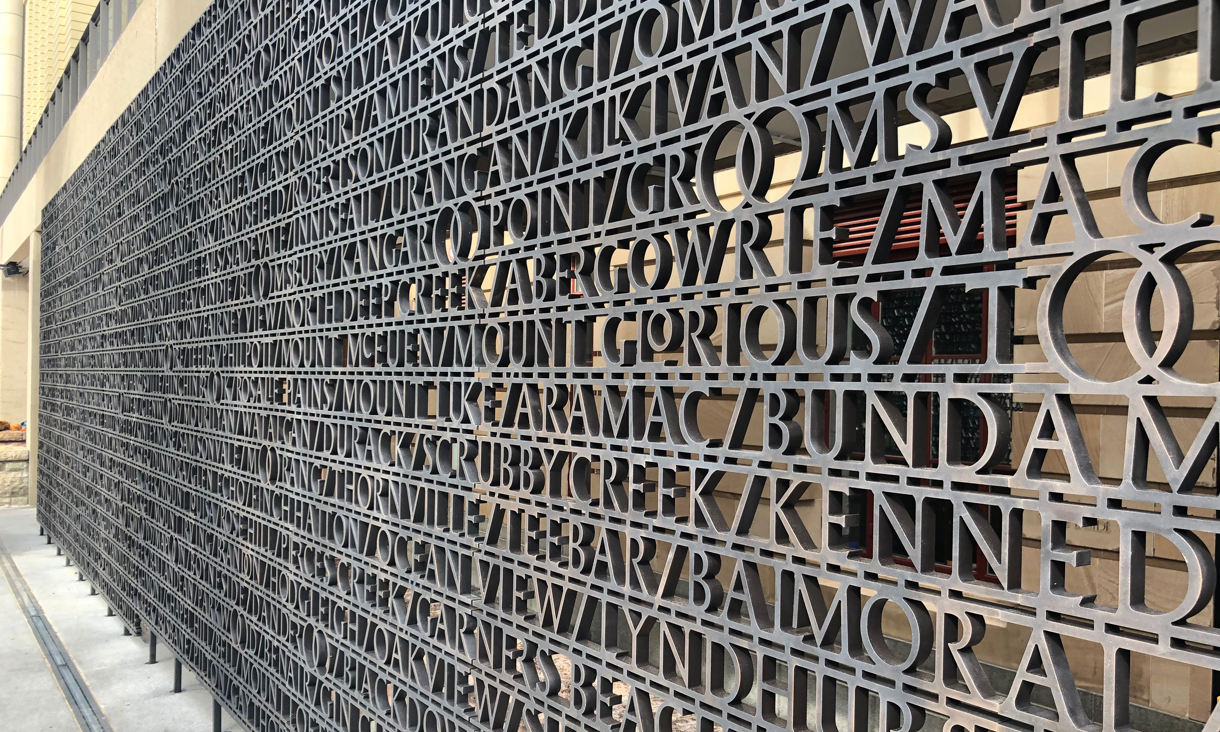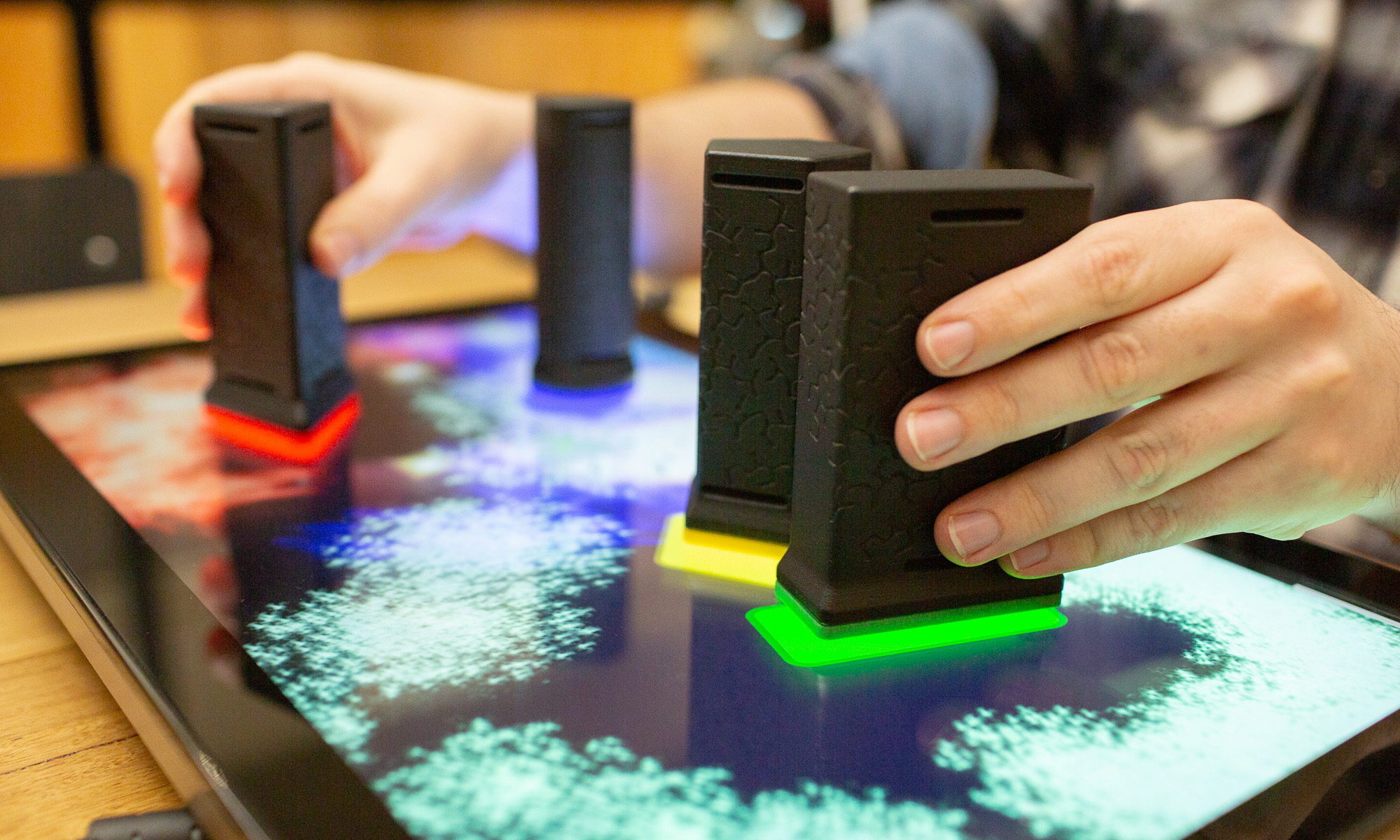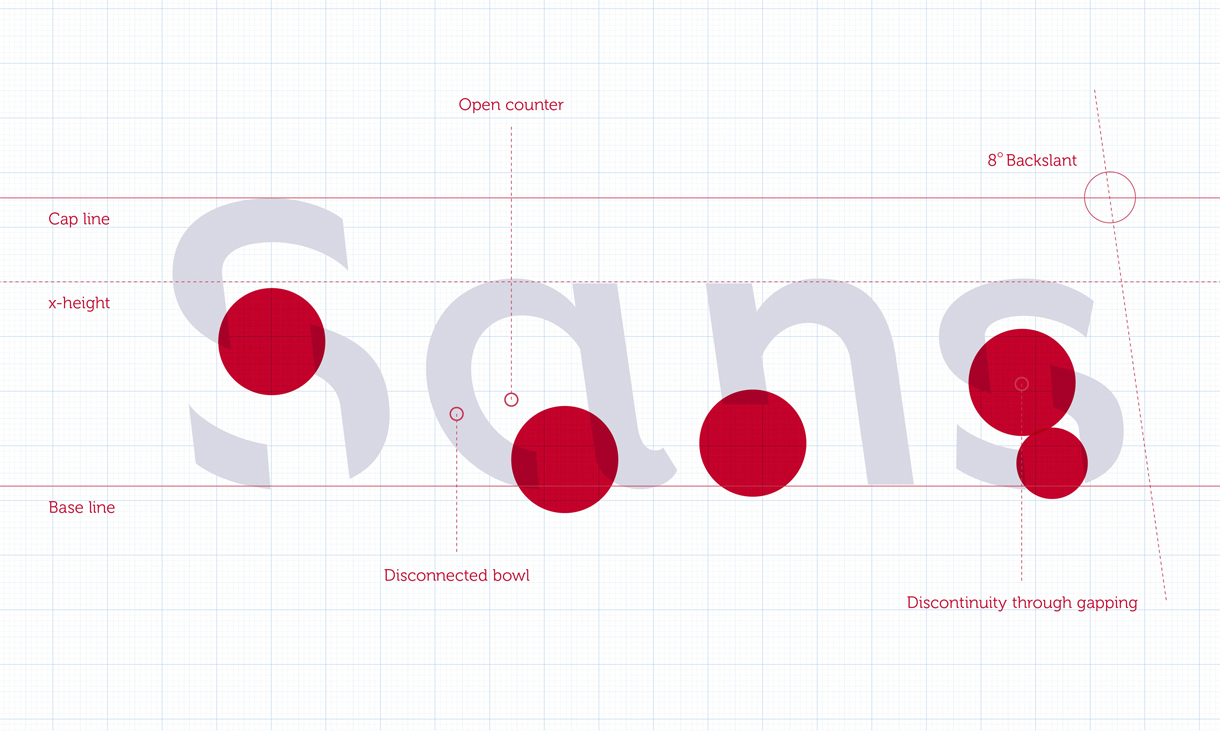Invited by architecture firm TKD Architects to put forward a proposal, he said the concept came to him as he caught the train from Brisbane airport to the Square for the initial site visit.
“I kept seeing the suburban station names with double ‘Os’ in them and it really struck me as being really unique. They were everywhere,” Banham said.
This was indicative of the preservation of original indigenous place names in Queensland, the double 'O' being a phonetic interpretation of a sound common in many indigenous languages.
“I knew that this was the right concept for linking the design to place. When I pitched the idea to the Anzac Square Board officials, all Queenslanders, they were immediately on board and couldn’t believe they hadn’t seen it themselves.
“I guess sometimes it takes someone with that new perspective – in this case a Victorian, and a typographer– to see things that others see every day.
“It’s the training as a typographer that really made this approach possible, to see patterns and to create an underlying story specific to Queensland.”
Banham then customised the font, designing a vast array of ligatures or linked letters to create a typographic rhythm across the hundreds of rows. The double ‘O’ forms serve another purpose – they also create a space for people to put poppies and other flowers into.
Banham said he hoped the project – designed through his practice Letterbox, and used as a case study in his PhD – would be a legacy.
“It’s a privilege to work on this kind of project, something that I hope my grandchildren will see,” he said.
“Personally and professionally, it’s been a big 12 months with Sans Forgetica and the ANZAC Square project.
“Although the Sans Forgetica and the Anzac Square projects both share a spirit of collaboration and are founded in research, the latter has an enduring permanence to it rare in typographic works.”






